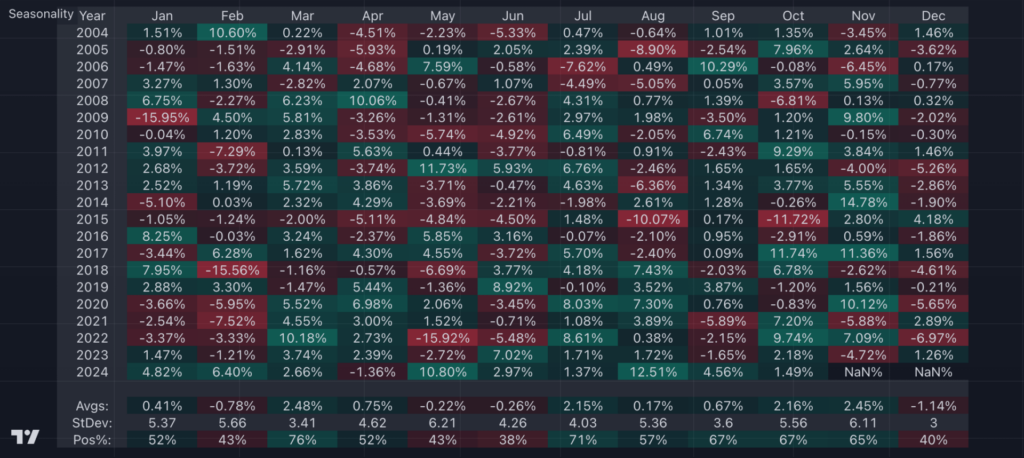With COP28 in Dubai over and financial pledges well short of the necessary targets, trillions are still needed annually between now and 2030 to mitigate and adapt to climate change. To bridge this gap, private finance has emerged as a critical funding source. For instance, a Standard Chartered report on sustainable banking in 2022 suggested that retail investors alone have some $10 trillion in investable wealth ready to be directed at sustainability investments.
However, the challenge lies in providing investment opportunities beyond basic environmental, social, and governance (ESG) exchange-traded funds (ETFs), which can be difficult to link to actual impact on the ground. This is the primary reason why asset tokenization is poised to reshape the landscape of sustainability investing in 2024. It has the potential to rapidly expand offerings for retail investors in ways that traditional finance can’t.
The Hindrances to Sustainability Investing
Despite the interest expressed by 40% of US consumers in participating in climate-linked financial products, few offerings currently exist that draw a direct line between dollars invested and impact on the ground. The typical offering of an ESG ETF hardly constitutes a direct investment in sustainability, raising concerns about the authenticity of the investment’s impact. Additionally, differentiating between existing instruments, assessing risks, and combating greenwashing make sustainability investing a complex endeavor. Voluntary carbon markets, for instance, have raised questions about credit quality and impact estimation, further diminishing public trust.
The Potential of Asset Tokenization
Asset tokenization involves putting assets like equity, bonds, and carbon credits on a blockchain to make them more easily fractionalized, leveraged, and exchanged. From the perspective of sustainability investments, it offers retail investors a direct stake in reforestation projects, climate startups, micro-lending products, and green bonds. This direct link between investment and impact, along with more frequent updates in rich media formats, differentiates it from traditional investments. Additionally, the transparency inherent in blockchain transactions adds to the appeal of such investments.
The Essential Role of Regulation
While asset tokenization has promise, its proliferation can only happen within jurisdictions with coherent virtual asset regulatory frameworks that prioritize trust and accountability. Over the years, the blockchain/cryptocurrency industry has struggled with negative public perception due to scams and an absence of regulation. Education alone is insufficient to counter the lack of trust in virtual assets. Commitment to regulation from both regulators and companies is essential in rebuilding trust, fostering accountability, and establishing disclosure requirements.
Climate Impact & Regulatory Compliance in Investment
The Path to Regulatory Compliance
Seeking the necessary operational licenses in relevant jurisdictions is fundamental for financial entities navigating the complex terrain of climate impact investing. Despite previous tendencies to avoid regulation, today there are ample opportunities to operate within sound regulatory frameworks, such as those in Dubai, Hong Kong, and Singapore.
Empowering Retail Investors
By embracing regulatory compliance, financial platforms seek to empower retail investors in the fight against climate change. The AYA platform, for example, has actively pursued and secured the essential license to operate in Dubai, setting a meaningful precedent for engaging retail and high-net-worth individual (HNWI) capital in early-stage climate startups.
Asset Tokenization for Sustainability
Asset tokenization holds substantial promise for sustainability investing. Companies and platforms must, however, remain steadfastly committed to the ultimate goal: climate impact. Ventures in this arena must provide investment instruments that are trusted, transparent, and well-understood, only achievable through rigorous adherence to regulatory frameworks.
Meeting the Climate Investment Goal
The pursuit of regulatory compliance is pivotal, as it underpins the opportunity to direct trillions of dollars toward climate impact. Without engaging in the necessary commitment to regulatory norms, the potential to advance this critical goal as a global community diminishes significantly.
About the author:

Prakash Somosundram is a prominent figure in the blockchain and investment space, serving as CEO and co-founder of Enjinstarter and AYA Foundation. As a serial entrepreneur with a notable sale of his digital advertising business to WPP in 2011, Prakash’s insights carry relevant weight in the realm of climate impact ventures and regulatory compliance. His accolades, including a public service medal awarded by the Singaporean Prime Minister’s Office, underscore his commitment and expertise in driving meaningful change through investment and entrepreneurship.




